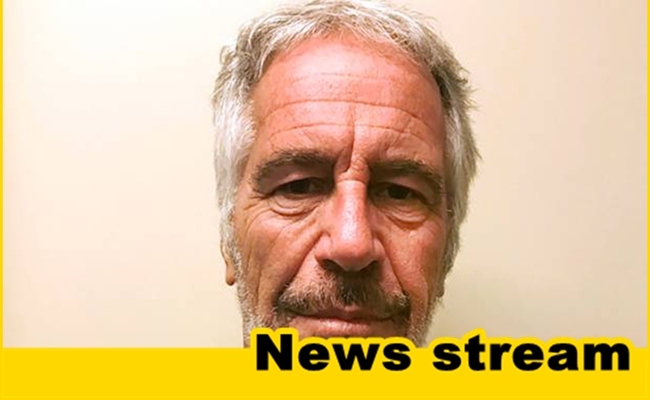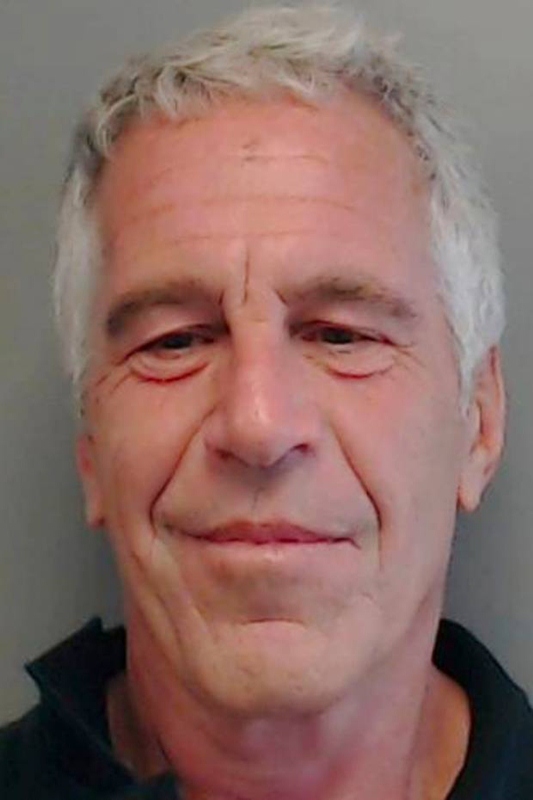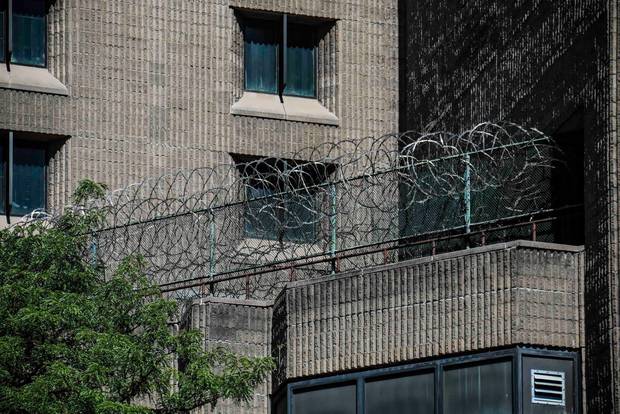
At least one camera in the hallway outside the cell where authorities say registered sex offender Jeffrey Epstein killed himself earlier this month had footage that is unusable, although other, clearer footage was captured in the area, according to three people briefed on the evidence gathered earlier this month.
It was not immediately clear why some video footage outside Epstein’s cell is too flawed for investigators to use or what is visible in the other, usable footage. The incident is being investigated by the FBI and the Justice Department’s inspector general’s office, which are attempting to determine what happened and how to assess whether any policies were violated or crimes committed.
The footage is considered critical to those inquiries, and the revelation of an unusable recording is yet another of the apparent failures inside the Metropolitan Correctional Center, the short-staffed Bureau of Prisons facility in downtown Manhattan that held Epstein.
It’s unclear whether the flaw in the taping affected a limited duration of the footage or whether it was a chronic problem in the beleaguered facility.
A Bureau of Prisons spokesman declined to comment, as did spokespeople for the FBI, the Justice Department and the U.S. attorney’s office in Manhattan.
The people who spoke about the footage requested anonymity, citing the ongoing probe.
Epstein, a well-connected financier, had been charged in early July with sexually abusing dozens of young girls in the early 2000s and ordered held without bond. The arrest brought a sense of long-awaited justice to those who said Epstein abused them and who had earlier been dismayed by a 2008 plea deal he received to resolve similar allegations that was widely criticised as too lenient.

Jeffrey Epstein had been charged in early July with sexually abusing dozens of young girls in the early 2000s and ordered held without bond. Photo / AP
That deal allowed Epstein to plead guilty to two state charges and spend just 13 months in jail, with work release privileges. The new charges could have resulted in a prison term of as much as 45 years.
On August 10, Epstein was found injured in his cell. He was taken to a hospital, where he was later pronounced dead. His death was ruled a suicide.
Prosecutors have since moved to drop the charges against Epstein – although they continue to investigate those who might have conspired with him. A federal judge has scheduled a hearing for Tuesday to consider the matter and has indicated that those who say Epstein victimised them will be allowed to speak in court.
Meanwhile, there has been intense scrutiny of the federal facility where he was held, which did not follow its protocol in the handling of Epstein in several ways, officials have said.
Epstein should have been checked on every 30 minutes in the jail’s special housing unit, though it had been several hours since the last check when he was discovered as staff members delivered breakfast. Investigators are exploring whether logs were falsified to indicate that checks had occurred when they had not, a person familiar with the matter said.

Epstein also was supposed to have a roommate after a July 23 incident in which he was found on the floor of his cell with marks on his neck. Authorities suspected he had attempted suicide; Epstein said he believed he had been attacked.
He was placed on suicide watch for about a week after that – meaning he was monitored 24-7. He was placed back in the jail’s special housing unit late in the month, and, for a time, had a new roommate.
But that person was transferred away the day before Epstein’s death and a new roommate was not assigned – despite the fact that at least eight jail officials knew Epstein was not to be left alone in a cell.
New York’s chief medical examiner, Barbara Sampson, ruled Epstein’s cause of death a suicide August 16. The ruling came five days after the medical examiner’s office conducted an autopsy and classified the cause of death as pending while seeking additional information.
The pathologist’s autopsy found that Epstein suffered fractures in his neck bones, according to two people familiar with the findings. Among the breaks in Epstein’s neck was the hyoid bone, which in men is near the Adam’s apple. Such breaks can occur in those who hang themselves, according to forensics experts and studies on the subject. But they are typical in victims of homicide by strangulation, experts told The Washington Post. Experts also caution that such a break must be viewed in the context of the findings of a full autopsy to draw a conclusion about a cause of death.
The hyoid bone becomes more brittle and is easier to break as people age. Epstein was 66.
Law enforcement officials have said they believe Epstein killed himself.
Lawyers for Epstein and his family had questioned Sampson’s ruling of suicide and the thoroughness of the investigation into Epstein’s death.
„The defense team fully intends to conduct its own independent and complete investigation into the circumstances and cause of Mr. Epstein’s death including if necessary legal action to view the pivotal videos – if they exist as they should – of the area proximate to Mr. Epstein’s cell during the time period leading to his death,“ the lawyers said in an August 16 statement. „We are not satisfied with the conclusions of the medical examiner.“
Source: nzherald.co.nz
See more here: news365.stream






